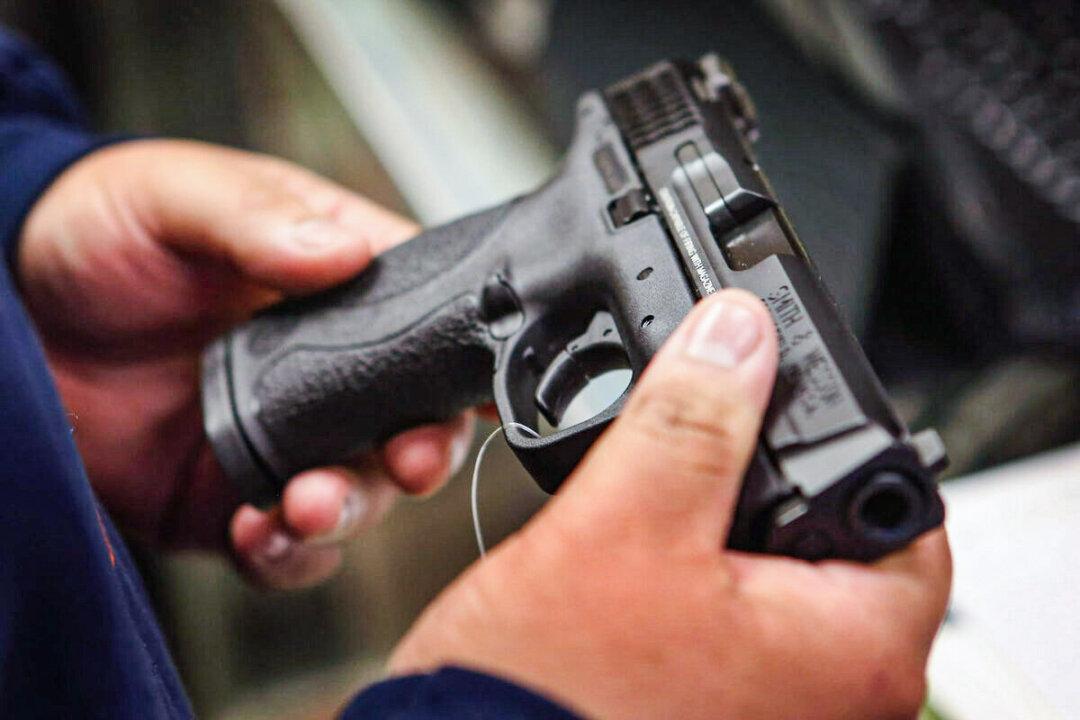In an effort to avoid unnecessary interruptions of in-person learning in Ohio, Gov. Mike DeWine said the state is going to conduct a study to examine whether student quarantines are effective as expected.
During a press briefing on Tuesday, DeWine said many school administrators have expressed concern about large number of students being put into quarantine after they met the Centers for Disease Control and Prevention’s (CDC) definition of “close contact” to someone with COVID-19.





